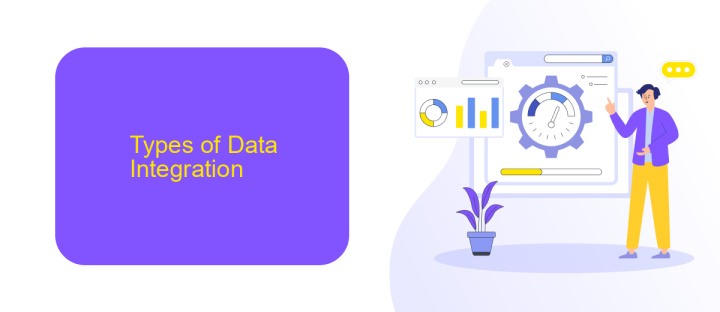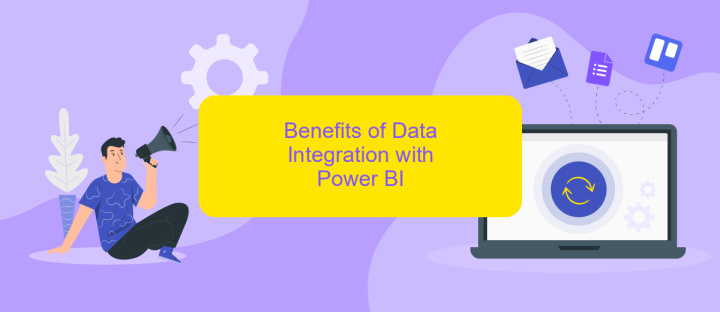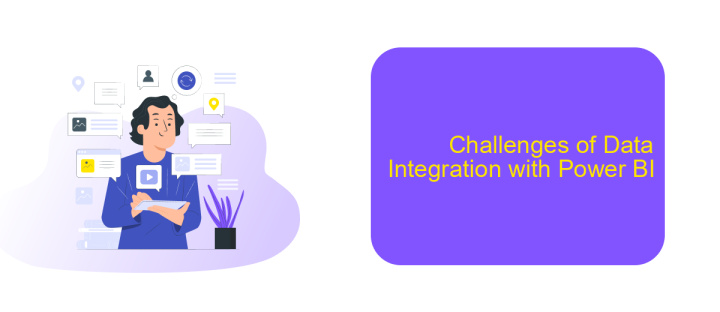Power BI Data Integration
Power BI is a powerful business analytics tool that enables organizations to visualize and share insights from their data. Data integration in Power BI is a crucial process that involves connecting, transforming, and combining data from various sources to create comprehensive reports and dashboards. This article explores the essential aspects of Power BI data integration, highlighting best practices and key features.
Introduction
Power BI is a powerful business analytics tool that allows users to visualize and share insights from their data. One of the key features of Power BI is its ability to integrate data from various sources, providing a comprehensive view of business metrics and performance.
- Seamless data integration from multiple sources
- Real-time data updates and synchronization
- Customizable data transformation and cleaning
- Enhanced data security and compliance
Using services like ApiX-Drive, users can automate the process of connecting different data sources to Power BI. ApiX-Drive simplifies the integration process by providing a user-friendly platform to set up and manage data flows without needing extensive technical knowledge. This ensures that businesses can focus on analyzing data rather than spending time on data integration challenges.
Types of Data Integration

Data integration in Power BI can be categorized into several types. One common type is batch integration, where data is collected and processed in large blocks at scheduled intervals. This method is useful for scenarios where real-time data is not critical, and it allows for the handling of large volumes of data efficiently. Another type is real-time integration, which involves the continuous flow of data from source systems to Power BI. This approach is essential for applications requiring up-to-the-minute data updates, such as live dashboards and monitoring systems.
Additionally, there is API-based integration, which leverages APIs to connect Power BI with various data sources. Tools like ApiX-Drive can simplify this process by providing a user-friendly interface to configure and automate data flows between different services. This type of integration is particularly beneficial for organizations that rely on cloud-based applications and need to ensure seamless data synchronization. Each integration type has its own advantages and is chosen based on specific business needs and technical requirements.
Benefits of Data Integration with Power BI

Integrating data with Power BI offers numerous advantages that can significantly enhance your business intelligence capabilities. By consolidating data from various sources into a single, unified view, organizations can make more informed decisions and gain deeper insights into their operations.
- Improved Data Accuracy: Data integration ensures that information from different sources is consistent and up-to-date, reducing the risk of errors and discrepancies.
- Enhanced Efficiency: Automating data integration processes saves time and resources, allowing your team to focus on analysis rather than data preparation.
- Real-Time Insights: With integrated data, Power BI can provide real-time analytics, enabling businesses to respond quickly to changing conditions.
- Scalability: Power BI's integration capabilities can grow with your business, handling increasing volumes of data as your organization expands.
- Seamless Connectivity: Tools like ApiX-Drive facilitate easy integration with various data sources, ensuring a smooth and efficient data flow into Power BI.
By leveraging the benefits of data integration with Power BI, organizations can unlock the full potential of their data. This leads to more accurate reporting, better strategic planning, and a competitive edge in the market. Services like ApiX-Drive simplify the integration process, making it accessible even for businesses without extensive technical expertise.
Challenges of Data Integration with Power BI

Integrating data with Power BI can present several challenges that need careful consideration. One of the primary issues is the complexity of data sources. Power BI supports a wide range of data sources, but each source might have different formats, structures, and access protocols, making the integration process cumbersome.
Another significant challenge is data quality. Ensuring that the data is clean, accurate, and up-to-date is crucial for generating reliable insights. Inconsistent data can lead to erroneous conclusions and affect decision-making processes.
- Data source compatibility
- Data quality and consistency
- Performance issues with large datasets
- Security and compliance concerns
Services like ApiX-Drive can help mitigate some of these challenges by providing seamless data integration solutions. ApiX-Drive allows users to automate data transfers between various platforms, ensuring data is synchronized and up-to-date. This can significantly reduce the manual effort required and improve data accuracy, making it easier to leverage Power BI for insightful analytics.
Best Practices for Data Integration with Power BI
Effective data integration with Power BI requires a strategic approach to ensure seamless and accurate data flow. Begin by thoroughly understanding your data sources and their formats. Consistent data formatting across sources minimizes discrepancies and supports efficient data merging. Utilize Power BI’s built-in connectors wherever possible, as they are optimized for performance and reliability. Additionally, consider using services like ApiX-Drive to automate data transfers from various platforms, reducing manual effort and potential errors.
Data security is paramount during integration. Ensure that all data transfers are encrypted and comply with relevant data protection regulations. Implement robust access controls to restrict data access to authorized personnel only. Regularly monitor and audit data integration processes to identify and rectify any issues promptly. Lastly, maintain comprehensive documentation of your data integration workflows to facilitate troubleshooting and future updates. By following these best practices, you can achieve a streamlined and secure data integration process with Power BI.
FAQ
What is Power BI Data Integration?
How can I connect multiple data sources in Power BI?
Can I automate data integration in Power BI?
What are the common challenges in Power BI Data Integration?
How do I ensure data security during integration in Power BI?
Apix-Drive is a simple and efficient system connector that will help you automate routine tasks and optimize business processes. You can save time and money, direct these resources to more important purposes. Test ApiX-Drive and make sure that this tool will relieve your employees and after 5 minutes of settings your business will start working faster.

